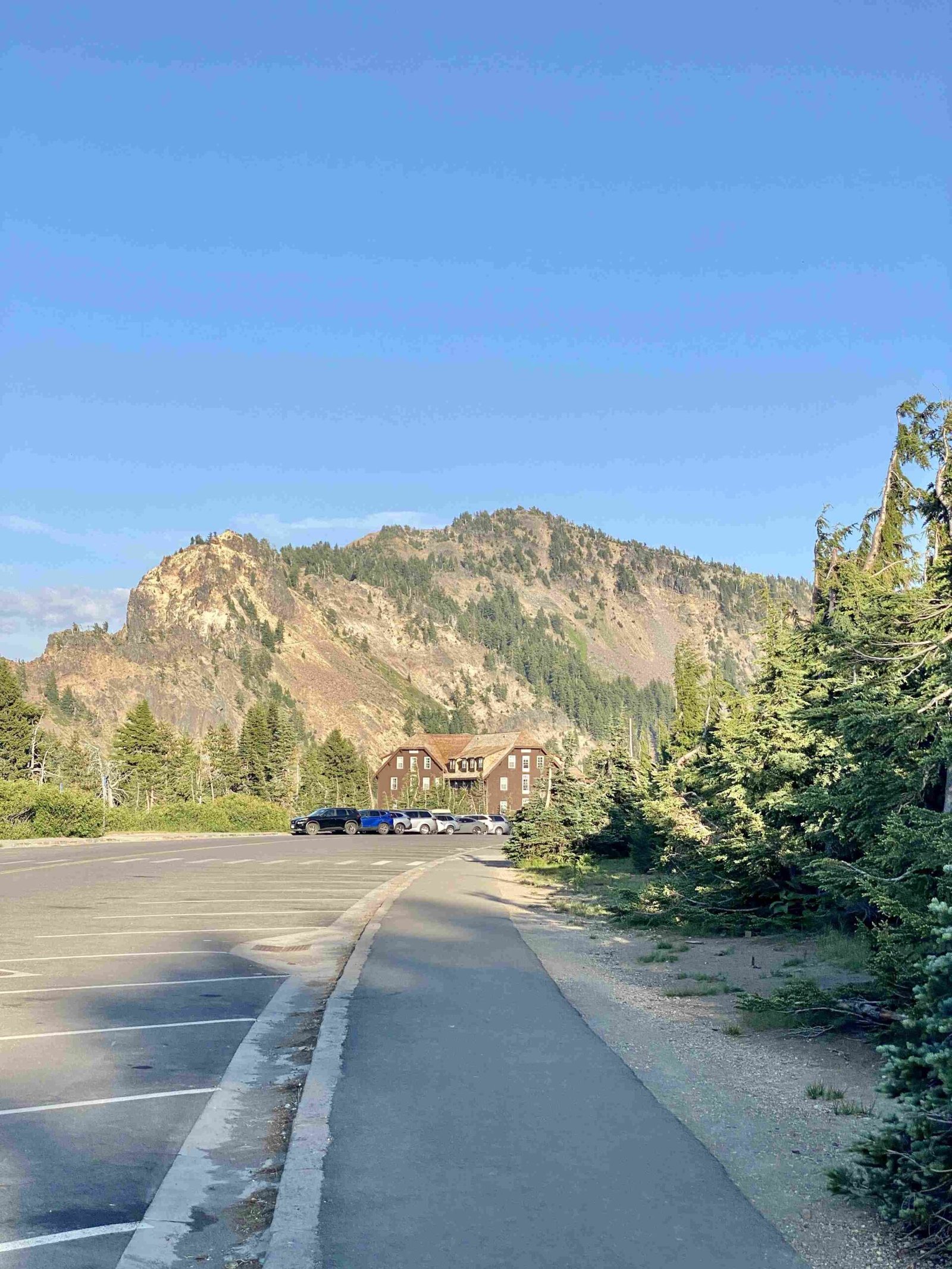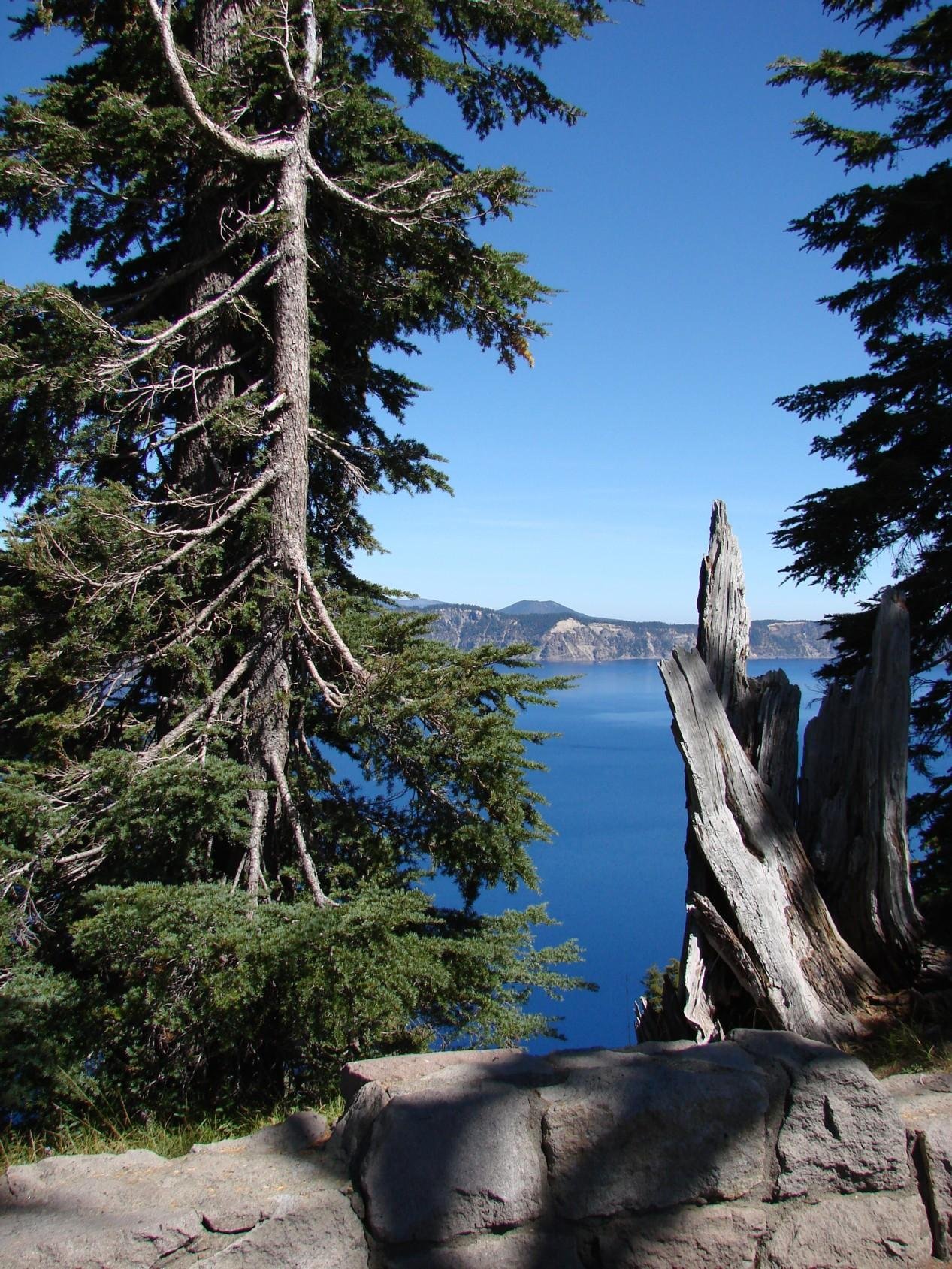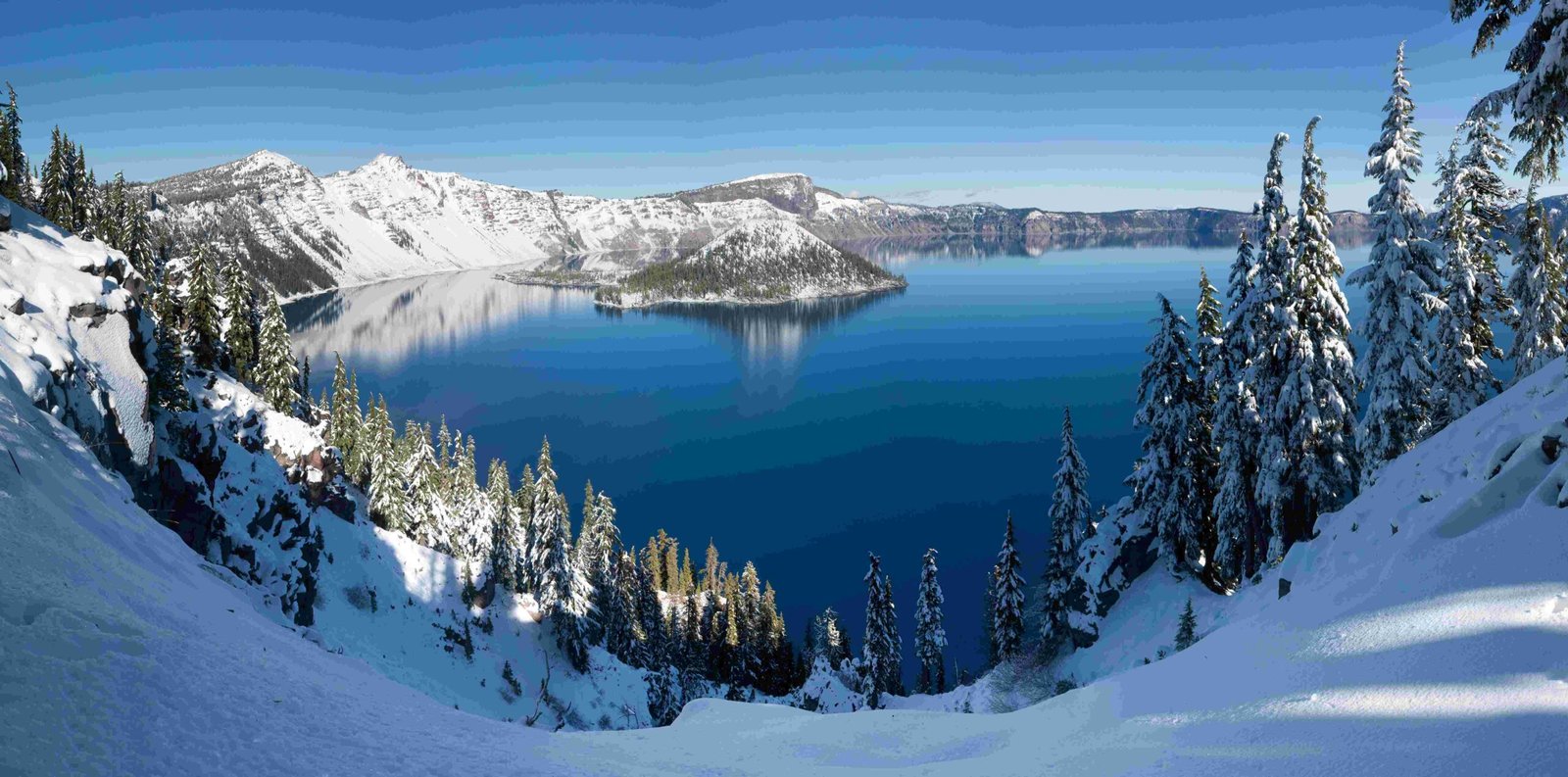Crater Lake, formed approximately 7,700 years ago following the collapse of Mount Mazama, is a testament to Oregon’s volcanic history. While not the largest lake in Oregon by surface area, its extraordinary depth of 1,949 feet makes it the deepest lake in the United States. Spanning roughly 5 by 6 miles across, this azure wonder nestled in a caldera offers visitors a unique glimpse into geological processes and pristine natural beauty. Its formation, amenities, and activities make Crater Lake a must-visit destination for nature enthusiasts and casual tourists alike.
Is Crater Lake Really the Largest Lake in Oregon?

Contrary to popular belief, Crater Lake is not the largest lake in Oregon by surface area. However, it holds several distinctive titles:
- Deepest lake in the United States (1,949 feet or 594 meters)
- Second deepest lake in North America (after Great Slave Lake in Canada)
- Ninth deepest lake in the world
While its surface area of approximately 20.6 square miles (53.4 square kilometers) doesn’t make it the largest in Oregon, its volume and depth are truly remarkable. The lake’s unique characteristics stem from its volcanic origin and the purity of its water source – primarily snowmelt and rain.
How Did Crater Lake Form?

The formation of Crater Lake is a fascinating tale of volcanic activity:
- Mount Mazama Eruption: Approximately 7,700 years ago, Mount Mazama, a volcano in the Cascade Range, erupted violently.
- Caldera Collapse: The eruption was so massive that it caused the mountain to collapse into itself, forming a caldera.
- Lake Formation: Over time, the caldera filled with rain and snowmelt, creating the lake we see today.
- Volcanic Features: Subsequent lava flows formed Wizard Island and other underwater volcanic features.
This geological event was the largest volcanic eruption in North America during the Holocene epoch, depositing ash over several thousand square miles.
What Makes Crater Lake’s Water So Special?
Crater Lake’s water is renowned for its exceptional qualities:
- Clarity: The lake is famous for its clear, blue water.
- Purity: No rivers flow into or out of the lake, maintaining its pristine condition.
- Temperature: The water remains cold year-round due to its depth and source.
These characteristics contribute to Crater Lake’s status as one of the most pristine large water bodies in the world.
What Activities Can Visitors Enjoy at Crater Lake?
Visitors to Crater Lake can partake in various activities:
- Boat Tours: 2-hour guided tours around the lake, offering insights into its geology and history.
- Hiking: The Cleetwood Cove trail provides the only safe access to the lake shore.
- Swimming: Permitted in designated areas, though the water is very cold.
- Fishing: Allowed in specific locations, with no license required.
- Scenic Drives: The 33-mile Rim Drive offers stunning viewpoints around the caldera.
| Activity | Duration | Best Season |
|---|---|---|
| Boat Tours | 2 hours | Summer |
| Hiking (Cleetwood Cove) | 2-3 hours | Summer/Early Fall |
| Rim Drive | 2-3 hours | Summer/Early Fall |
How Accessible is Crater Lake for Visitors?
Crater Lake National Park provides various amenities to enhance visitor experience:
- Visitor Centers: Offer information, exhibits, and ranger programs.
- Lodging: Crater Lake Lodge and cabins are available within the park.
- Camping: Several campgrounds are open during summer months.
- Dining: Restaurants and cafeterias are available at different locations in the park.
Accessibility varies by season, with some facilities and roads closed during winter due to heavy snowfall.
What is the Best Time to Visit Crater Lake?
The best time to visit Crater Lake depends on your preferences:
- Summer (July-September): Peak season with all facilities open and best weather.
- Winter (November-April): Offers unique snow-covered landscapes but limited access.
- Spring/Fall: Less crowded, but some facilities may be closed.
Consider the following factors when planning your visit:
- Weather conditions
- Desired activities
- Crowd levels
- Facility availability
How Does Crater Lake Contribute to Scientific Research?
Crater Lake serves as an important site for scientific research:
- Limnology: Studies of the lake’s unique ecosystem and water properties.
- Geology: Ongoing research into volcanic processes and caldera formation.
- Climate Change: Long-term monitoring of environmental changes.
- Biodiversity: Investigations into the lake’s flora and fauna, including endemic species.
Researchers use Crater Lake as a natural laboratory to understand various ecological and geological processes.
What Conservation Efforts Protect Crater Lake?
Several conservation measures are in place to preserve Crater Lake’s pristine condition:
- National Park Status: Established in 1902, ensuring federal protection.
- Water Quality Monitoring: Regular testing to maintain the lake’s clarity and purity.
- Visitor Education: Programs to inform visitors about the lake’s fragility and importance.
- Restricted Access: Limited points of entry to the lake to minimize human impact.
- Research Programs: Ongoing studies to better understand and protect the ecosystem.
These efforts aim to maintain Crater Lake’s natural beauty and ecological integrity for future generations.
In conclusion, while Crater Lake may not be the largest lake in Oregon by surface area, its depth, clarity, and volcanic origin make it a unique and invaluable natural wonder. Its status as a national park ensures its preservation, allowing visitors to experience its beauty while scientists continue to unravel its mysteries.
References:
1. Wikipedia – Crater Lake
2. The Oregon Encyclopedia – Crater Lake National Park
3. U.S. National Park Service – Crater Lake

